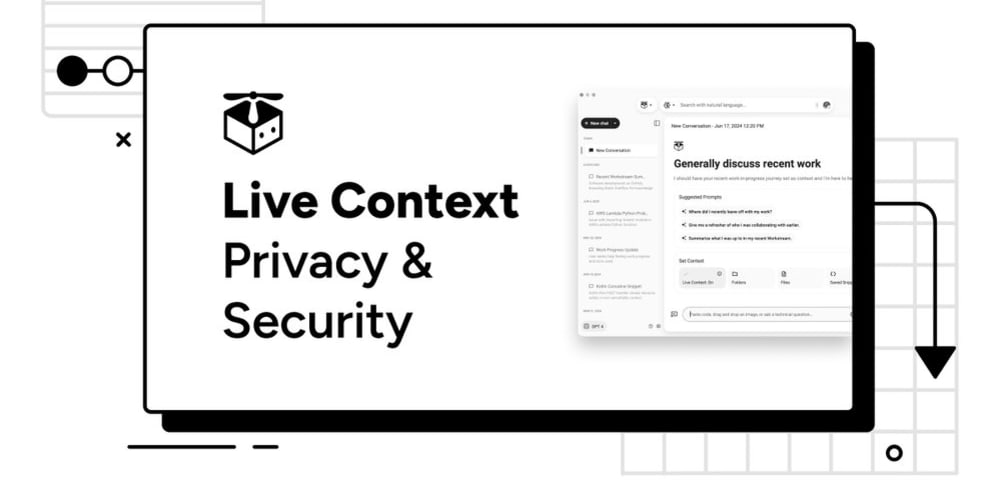In the contemporary landscape of healthcare, the fusion of medical records management with e-signatures heralds a transformative shift towards efficiency, accessibility, and security. This integration not only revolutionizes the traditional paradigm of medical records management but also enhances patient care and confidentiality.
Medical records management, the cornerstone of healthcare operations, encompasses the systematic organization, storage, and retrieval of patient information. Traditionally, this involved the cumbersome task of managing paper-based records, leading to inefficiencies, errors, and security vulnerabilities. However, with the advent of electronic health records (EHRs) and electronic medical records (EMRs), healthcare institutions have embraced digital platforms for managing patient data.
E-Signatures, a pivotal component of this digital revolution, facilitate the authentication and authorization of electronic documents within medical records management systems. By eliminating the need for physical signatures, e-signatures streamline administrative workflows, expedite decision-making processes, and ensure the integrity and legality of documents. This not only enhances operational efficiency but also enhances security and compliance with regulatory standards such as HIPAA.
The integration of e-signatures into healthcare records management systems offers numerous benefits across the healthcare continuum. Firstly, it enhances accessibility by enabling healthcare professionals to access and share patient information in real-time, regardless of geographical constraints. This promotes seamless collaboration, improves care coordination, and facilitates informed decision-making, leading to enhanced patient outcomes.
Furthermore, e-signatures bolster security measures, safeguarding sensitive patient data from unauthorized access, tampering, or breaches. Advanced encryption techniques employed in e-signature solutions ensure the confidentiality and integrity of electronic documents, thereby mitigating risks associated with data breaches and ensuring compliance with stringent privacy regulations.
Moreover, the integration of e-signatures empowers patients to actively participate in their healthcare journey. By facilitating remote access to medical records and enabling digital signatures on consent forms or treatment agreements, patients can engage more effectively in decision-making processes, enhancing transparency and trust between patients and healthcare providers.
In conclusion, the integration of e-signatures into patient records system represents a paradigm shift in healthcare delivery, heralding a new era of efficiency, security, and patient-centric care. By streamlining administrative processes, enhancing accessibility, and fortifying security measures, e-signatures contribute to the optimization of healthcare operations and the delivery of high-quality, personalized care to patients worldwide.


















